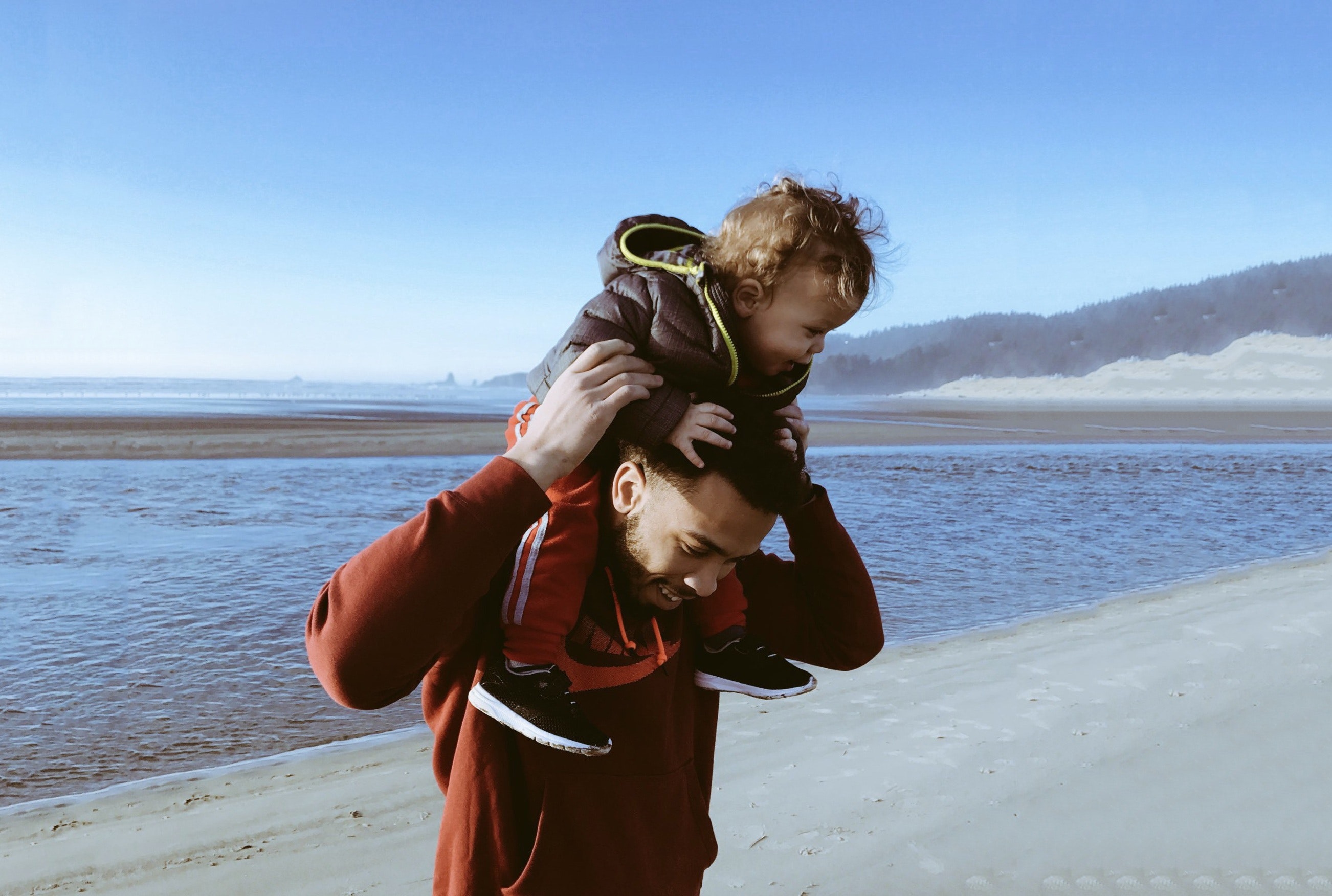
December 18, 2019 by Robert Franklin, JD, Member, National Board of Directors
Not long ago, I wrote about a case out of New Zealand in which a European mother had abducted her daughter. It took Dad three years to locate her and file a suit for the child’s return.
In that case, New Zealand courts did exactly what they’re not supposed to do under the applicable international law. Instead of ascertaining the child’s country of habitual residence (in that case, it was clearly the European country in which the family had resided for years) and then returning the child to that country for disposition of whatever legal issues existed, the New Zealand courts decided to act as surrogate family courts. They decided the issue that family courts decide – the child’s best interests – and kept her in New Zealand, giving a judicial stamp of approval for the mother’s wrongful action. The remarkable thing about the case was that the appellate court admitted in no uncertain terms that its decision and that of the lower court were wrong under the Hague Convention to which New Zealand is a signatory, but did so anyway.
Now comes a case out of the U.S. that demonstrates how such a case should be handled (Cleveland.com, 12/10/19).
An American woman, Michelle Monasky, married an Italian anesthesiologist, Dr. Domenico Taglieri, in Italy. Soon enough, they had a child, A.M.T. But when the little girl was just eight weeks old, Monasky abducted her to Ohio near where her parents live. Apparently Monasky had filed for divorce in Italy and claimed Taglieri was abusive.
Taglieri filed suit in Ohio for his daughter’s return pursuant to the terms of the Hague Convention on the Civil Aspects of International Child Abduction. And, unlike in New Zealand, the federal court there did the right thing. It decided the one issue before it – the child’s country of habitual residence. Finding that to be Italy, it ordered the child returned there, which she was. Monasky appealed the case and the Court of Appeals upheld the District Court’s decision.
Interestingly, the U.S. Supreme Court has agreed to review the case.
Meanwhile, the Italian court hearing the divorce and custody case seems to be none to pleased with Monasky’s abduction of A.M.T. It’s given primary custody to Taglieri and only supervised visitation to Monasky. Apparently, it considers her a further flight risk.
Remarkably, the lawyers in the case in Ohio illustrate the wrong and the right of cases brought under the Hague Convention.
“This woman was subjected to domestic violence,” said [Monasky’s attorney Andrew] Zashin. “There is no way to separate that when you consider shared parental intent. As soon as she was able to physically leave, she left with an 8-week-old and filed for divorce.”
That is precisely wrong. What the Hague Convention foresees is that, as long as the courts of the country of the child’s habitual residence are capable of adjudicating the issues of custody, parenting time, domestic violence, etc., as Italy’s plainly are, the courts of the country to which the child was abducted must allow them to do so. Otherwise, abducting parents could simply take the child to the country most likely to side with them and seek an order there. Indeed, that’s exactly the point made by the father in the New Zealand case and one with which the Court of Appeal agreed.
Taglieri’s lawyers say the appeals decision should be left intact. They said that ordering the return of a child to his or her country of habitual residence does not determine the final custody arrangement for the child; it “allow[s] the courts of the home country to decide what is in the child’s best interests.”
That, by contrast, is exactly right. The courts of Italy are fully capable of deciding the issues of custody, parenting time and the like. They are also fully capable of deciding the impact on the child of her mother having abducted her, not only from Italy, but from her father and extended paternal family.
My guess is that, whatever the Supreme Court does, the outcome will remain intact. I suspect that the court wants to flesh out what things courts need to consider when they decide the question of an abducted child’s country of habitual residence. Of course that’s somewhat dicey when the child in question is only eight weeks old. After all, she can’t yet talk, so language isn’t an issue, and she’s had no time in which to bond with relatives or others, get to know the culture of the country, establish friendships, etc. So the Court may discuss what facts influence the decision on a child’s country of residence when the child is very young.
But what it absolutely should not do is rule that, when a child is so young, a parent is free to establish its country of residence anywhere he/she desires via the expedient of abduction. To do so would be to blatantly thwart the very purpose of the Convention itself.
For now though, the case is instructive. The Ohio courts both did what the Hague Convention conceives. Courts elsewhere should take notice.


















